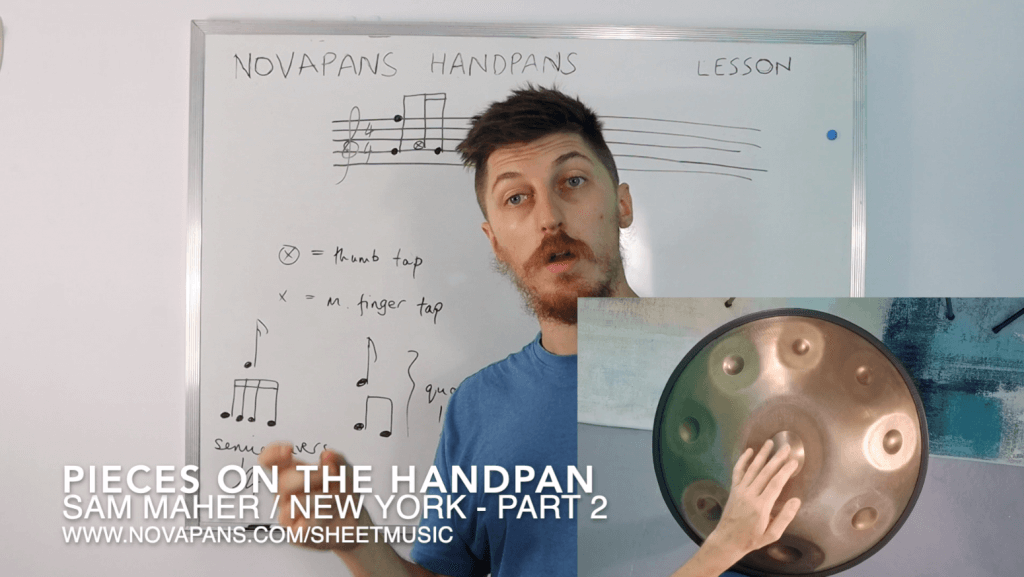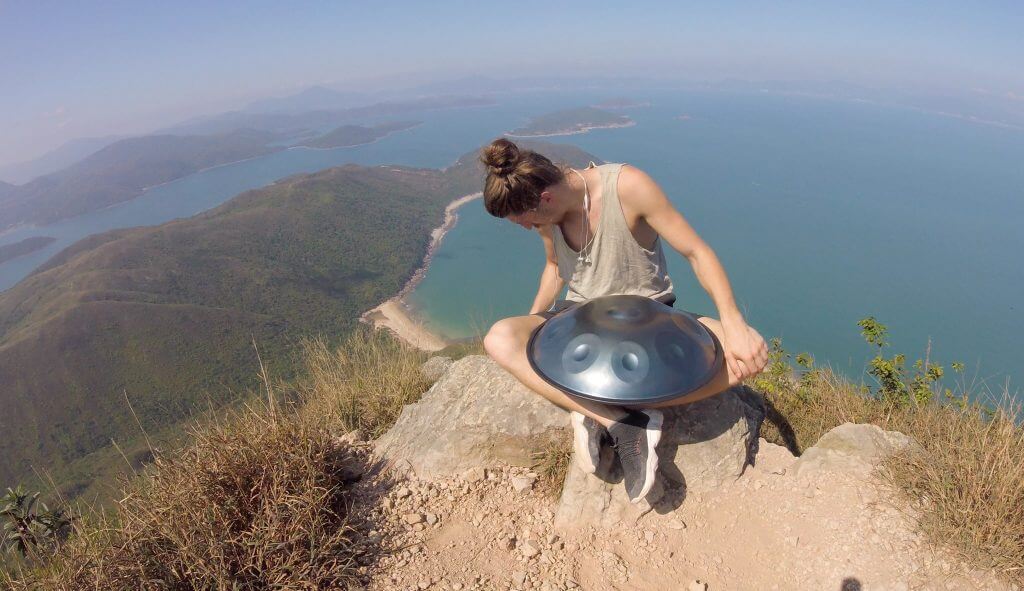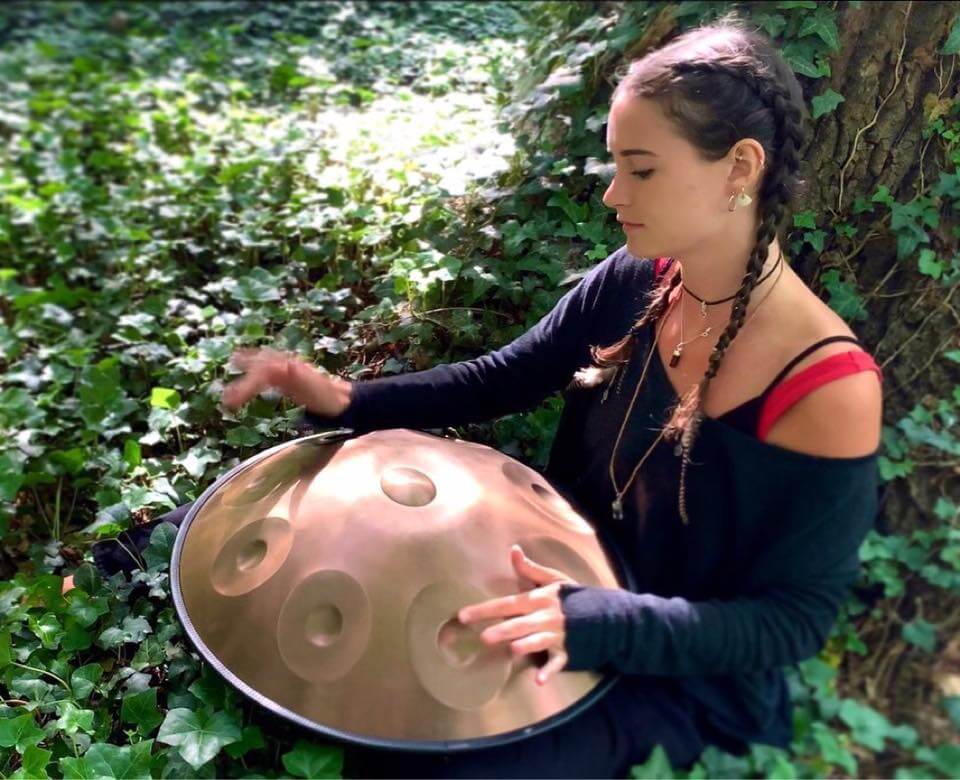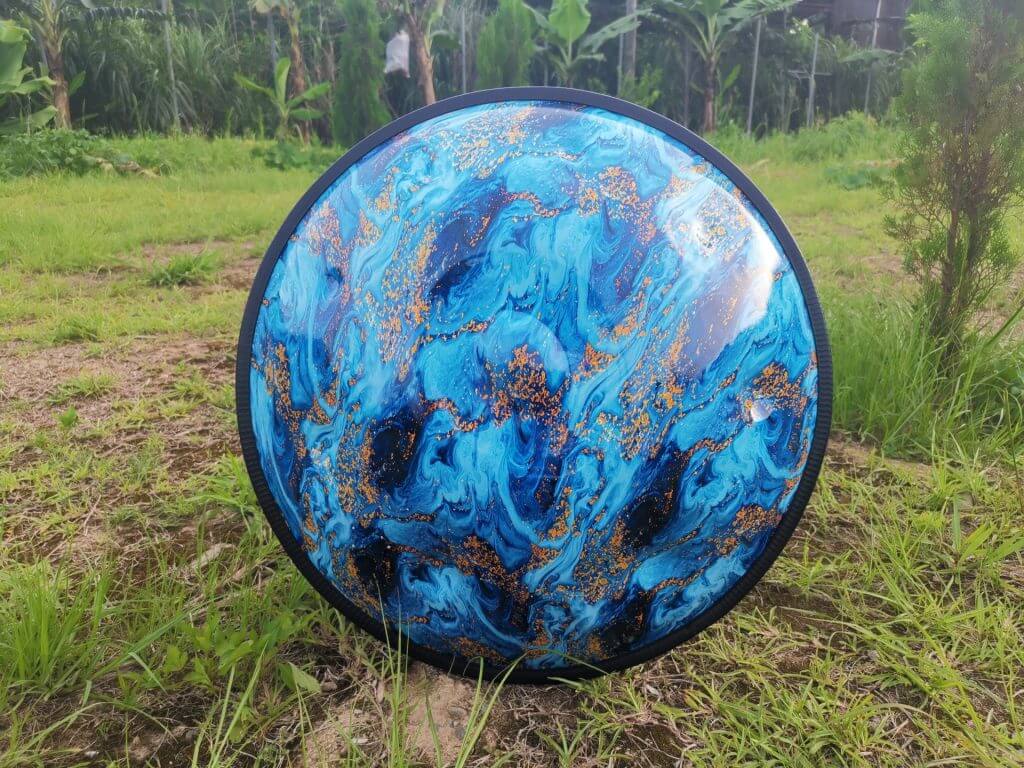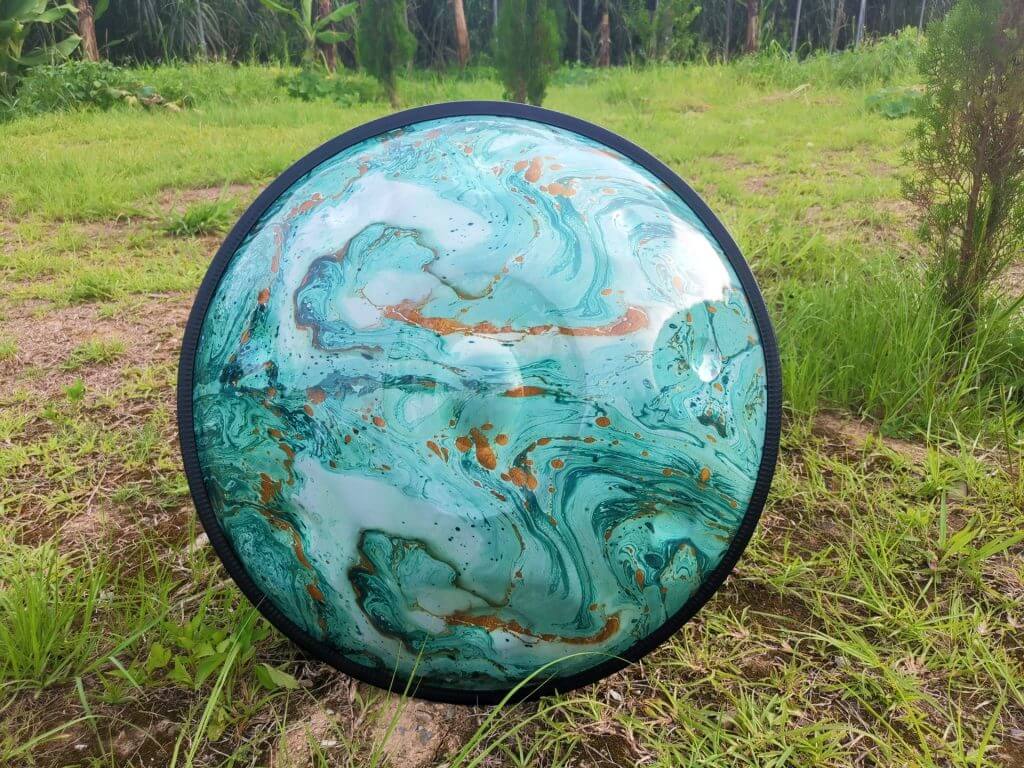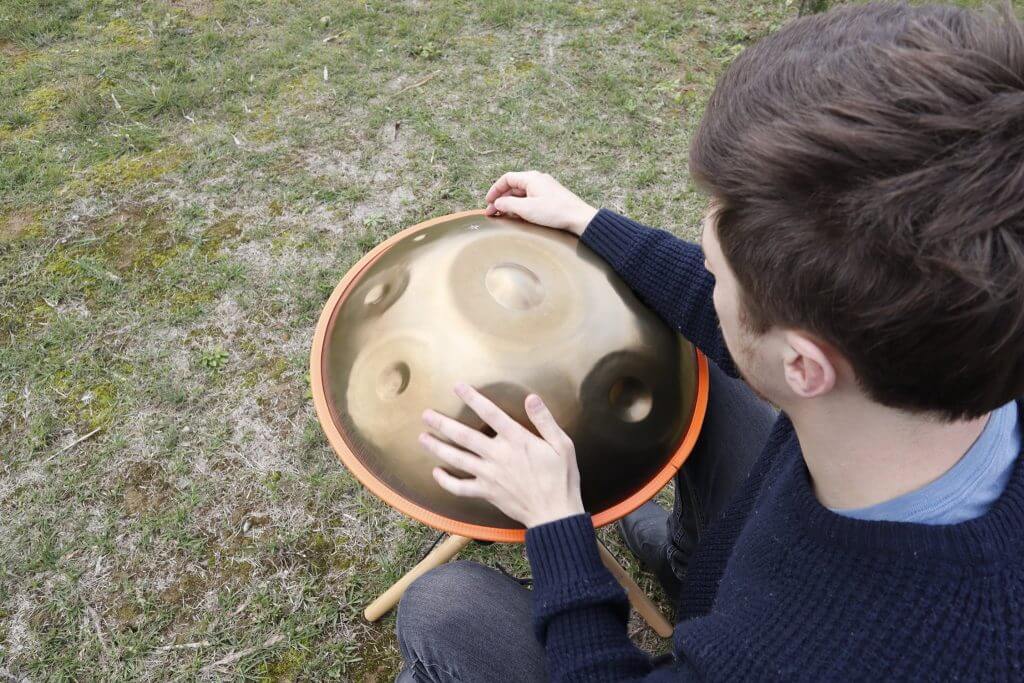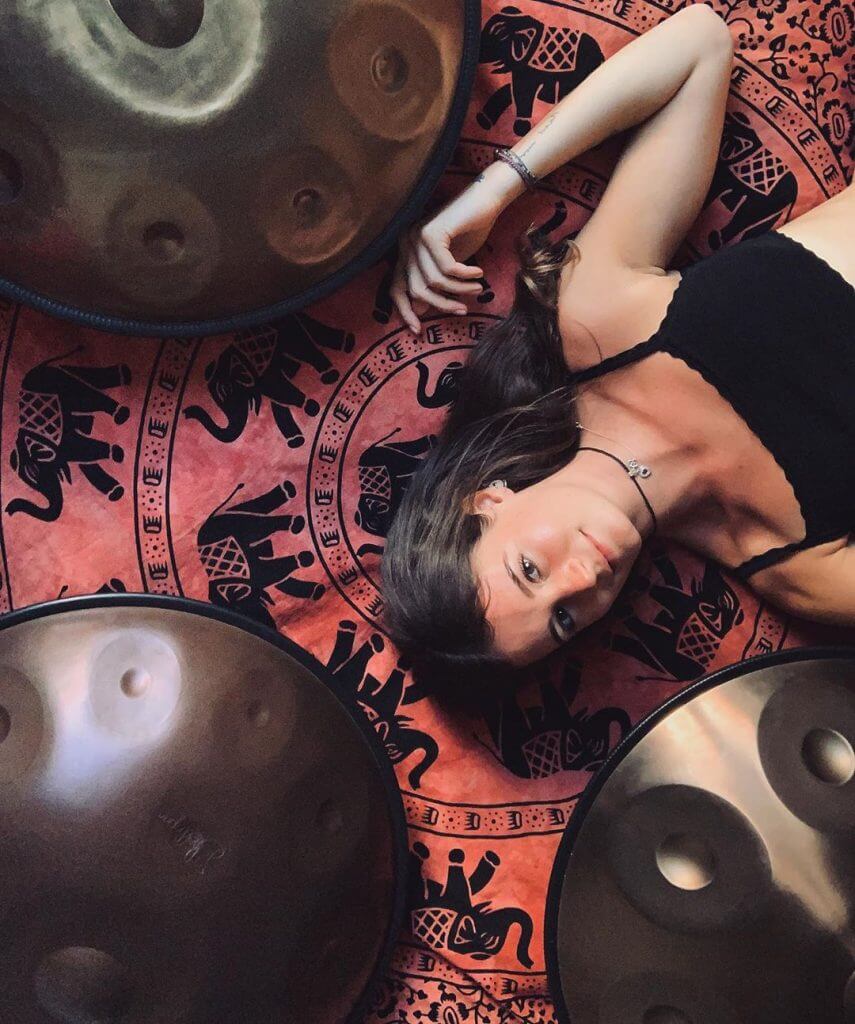Learning Handpan Pieces | Sam Maher’s NY Part II
It’s part 2! If you’ve missed the first part of learning Sam Maher’s NY Subway piece then click the link below and get started! Otherwise, carry on! Sam Maher’s NY Handpan Piece – Part I & II
Learning Handpan Pieces | Sam Maher’s NY Part II Read More »

